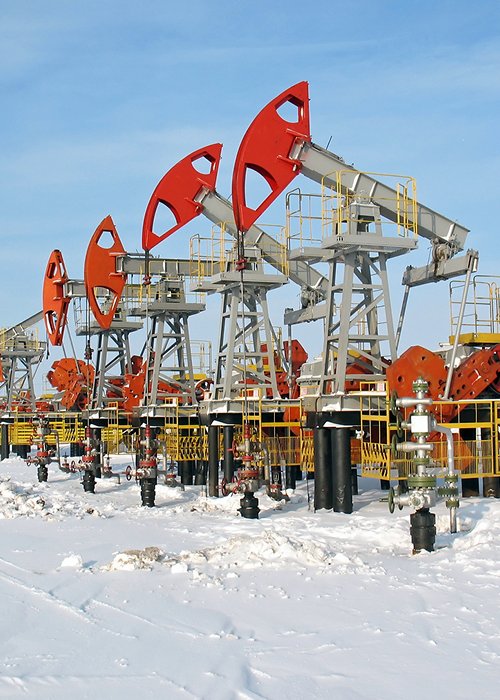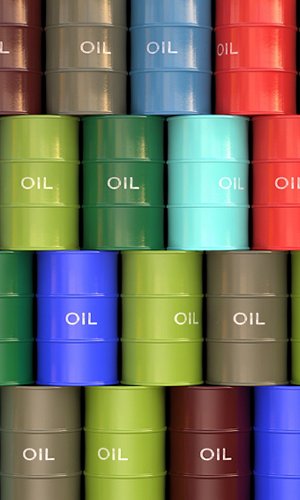At present oil is the most important source of energy and for some applications it is irreplaceable, but till when will it be able to satisfy the growing demand of energy? The day will come when the production of oil shall reach a peak, after which it shall inexorably decrease with a consequent increase in prices. The distribution of the main oil basins around the world is not uniform, however it is not even random. In fact it depends on the geological conditions that are necessary for the formation of large deposits and the difficulty encountered to explore and search for oil in isolated scarcely known areas, as for example areas characterized by environmental conditions that are particularly severe (vast areas in Siberia, the rain forest area in South America and deep offshore areas). The geological history of our country is very complex and has given the peninsula a complicated and not very “tranquil” structural and sedimentary order. This has not favoured the formation of large extensive oil basins but has created local situations that are favourable for the formation of a number of oil provinces that are quite important, even though their extension is not great.




